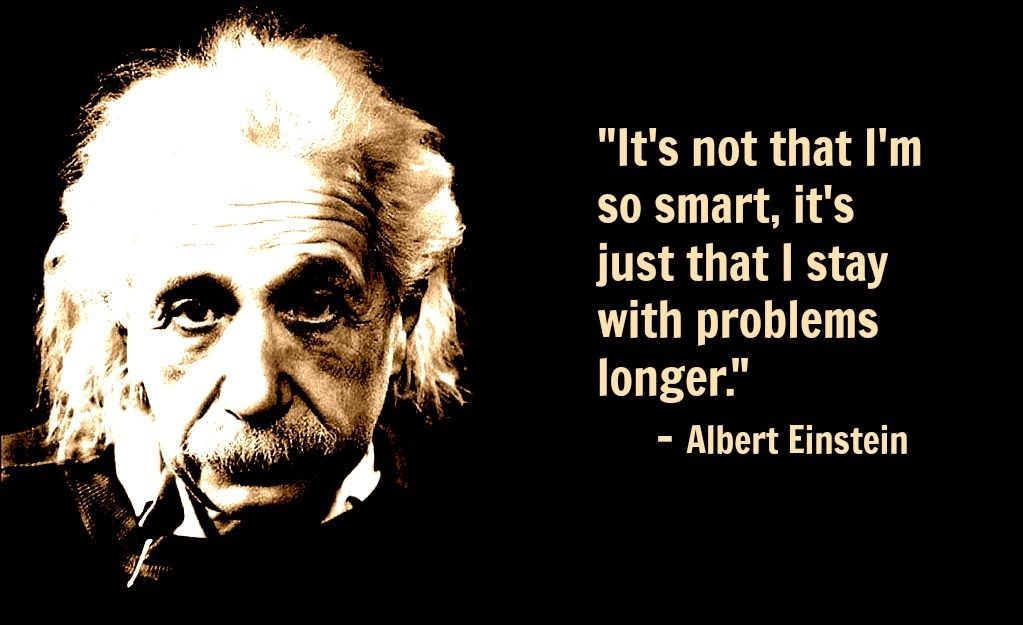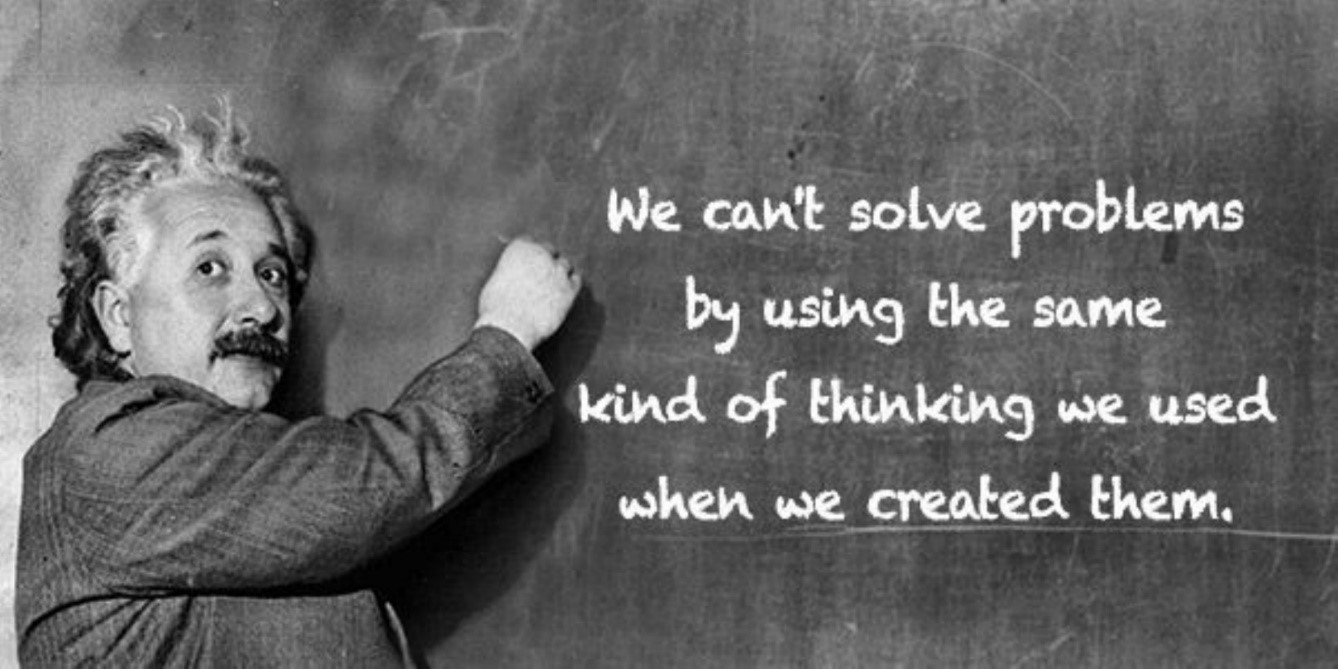Previously we looked at the two primary types of innovation, disruptive innovation and incremental innovation. And then how our brains work and ways to take advantage of that. Now we are going to step back and look at the most important question, “what problem are you trying to solve"?

You will see lots of words here that could describe why you want to innovate, to change things:
- Goals
- Success
- Profit
- Solutions
One of my pet peeves is the idea that you come up with an idea, do a start up and become the next unicorn. Do you know how many unicorns there have been? I think the answer is five so far in the history of Australia but there is some flexibility in the definition so let's just say 'not many'.
Technically Atlassian is not a unicorn because it took 16 years to get to $1B turnover but they are a good example of an Australian success story. And they did it by solving an important problem, how to help teams work together better using online technology.
Instead of an idea, solve a problem
Rather than try and come up with a new idea, I usually find it more practical to think about how to solve a problem.
So what problem do you want a solution to that needs something to change (requires innovation)?
Here are a few non-technical ones I think about:
- Genuine gender equality
- Equitable world trade
- Remuneration for contribution models
And some that have technology intersections:
- Climate Repair and Resilience
- Clean Energy
- Recycling
- Health and Wellbeing
Once you have a problem in mind, you can to work on how. This is the WHAT / HOW paradox. You can try and apply a HOW you know to a problem, but that is usually a mistake. It is best to understand WHAT the problem is, then go looking for a suitable HOW.
If the only tool in your toolkit is a hammer, you will treat every problem as if it were a nail.
Abraham Maslov


You can't solve what you don't understand
It is also important to spend the time to understand the problem.
“If I had only one hour to save the world, I would spend fifty-five minutes defining the problem, and only five minutes finding the solution".
This has been attributed to Albert Einstein but it isn't certain he specifically said this. However it makes a lot of sense and also fits with his mindset. He definitely said both of the following:
“It's not that I'm so smart, it's just that I stay with problems longer."

“We can't solve problems by using the same kind of thinking we used when we created them".


Albert Einstein.
So this is one technique my business, Successful Endeavours, uses to solve problems and innovate toward solutions. Think differently, look at the problem from multiple directions, understand why the solutions at hand now are not adequate.
Solving the unsolvable
Several times a year we get a project that has had other people work on it before. Right at this moment we are delivering a solution to a product design that three other businesses have worked on before us. Our client has made 10,000 units and they don't work. So this is complex because we don't want to scrap 10,000 units. That is neither good for the environment nor the bank balance. So we actually have a harder problem to solve than the three businesses that worked on it before had. We have more constraints. We have elected to fix the problem by only changing things that can be done without altering the physical product that already exists.
Fortunately, the product has a Bluetooth beacon in it that runs the software and we can update the software in the already made product using this Bluetooth link. And we can also get how the App uses the data from the Bluetooth beacon. We have spent six weeks investigating the problems and doing minor changes and only two weeks delivering the final solution which we handed over yesterday (that is the day before I wrote this). It doesn't work perfectly because that isn't possible given the constraints we have, the original design concept being flawed and the electronics design didn't connect a critical link in the product that would have allowed an easier solution to two of the problems.
Looking through the documentation and project correspondence we can see that none of the previous three businesses were prepared to question the design concept they were given to execute. We succeeded where they failed, not because we were smarter, but because we spent time analysing the problem and determined one of the problems was the design concept itself.
Ray Keefe
Successful Endeavours
---
Successful Endeavours specialise in Electronics Design and Embedded Software Development, focusing on products that are intended to be Made In Australia. Ray Keefe has developed market leading electronics products in Australia for more than 30 years.
Successful Endeavours website: https://www.successful.com.au/
Ray Keefe's LinkedIn profile: https://www.linkedin.com/in/raykeefe/

